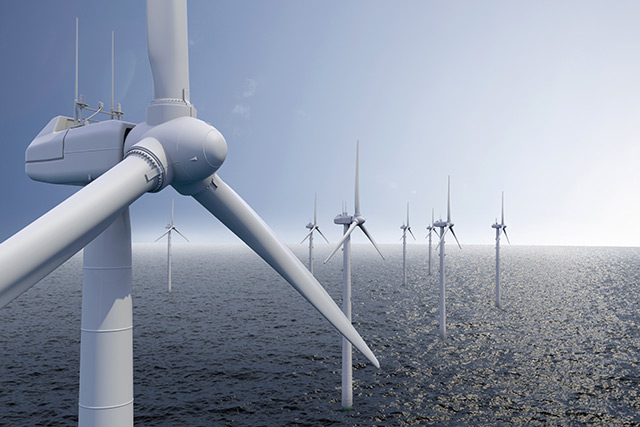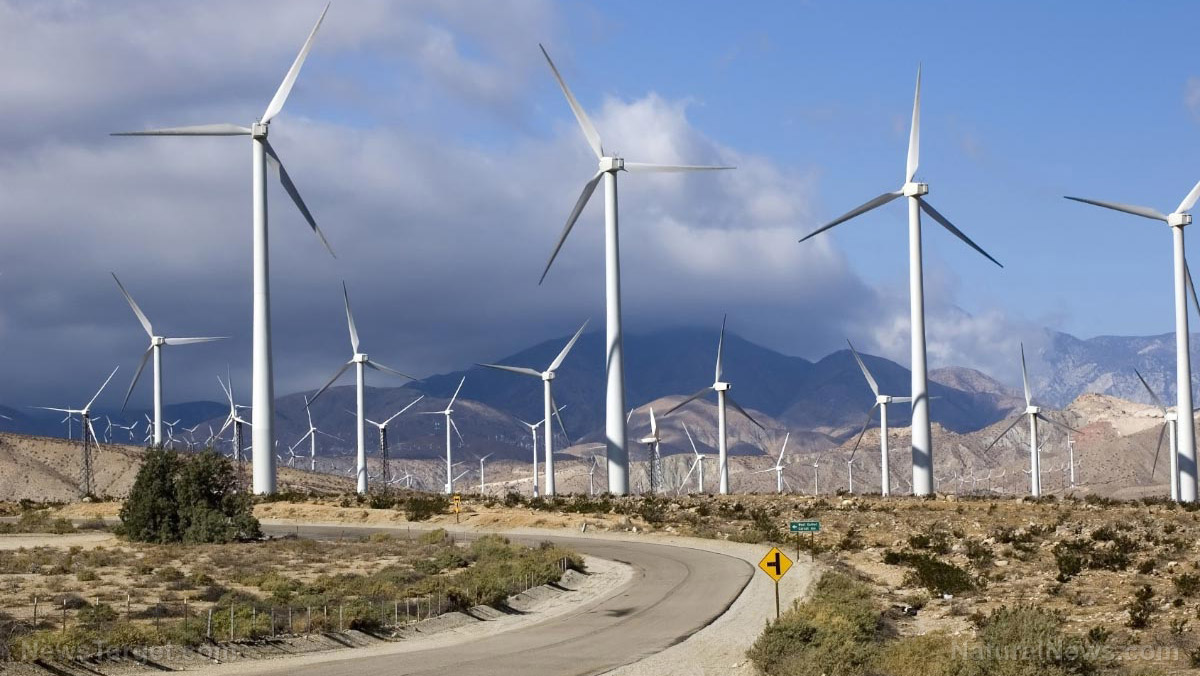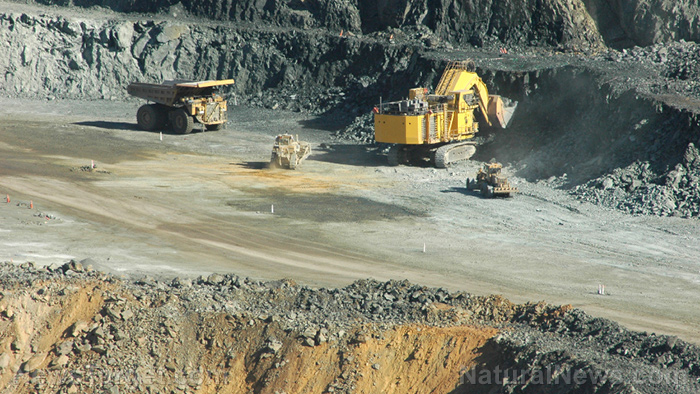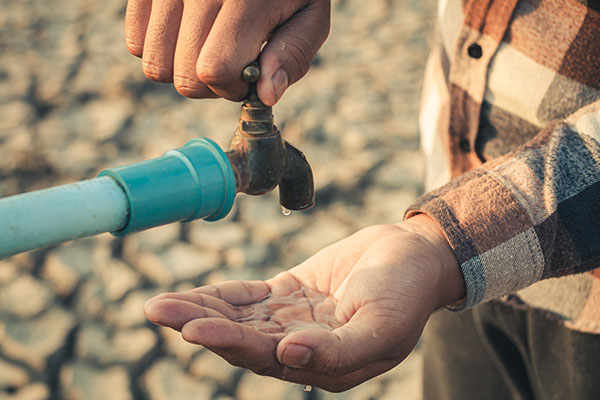
Lead researcher Hui Hu, a professor of aerospace engineering at Iowa State University, and his team carried out a field study of a Chinese wind farm after a decade of performing lab studies of turbine-blade icing.
"[We] always have questions about whether what we do in the lab represents what happens in the field," Hu said. "What happens over the blade surfaces of large, utility-scale wind turbines?"
But studying wind turbines in the field is rather complicated. Hu was not permitted access to wind farms in Iowa, where some 5,100 turbines produce more than 40 percent of the state's electricity, according to the U.S. Energy Information Association. As it turns out, most energy companies do not want their turbine performance data to go public.
Studying wind turbines in icing conditions
Eventually, the researchers found a wind power company that was willing to cooperate. Operators of a 34-turbine, 50-megawatt wind farm on a mountain ridgetop in Eastern China agreed to a field study in 2019.
Though located in China, the wind farm shares many similarities with those in the United States. According to Hu, most of the turbines generate 1.5 megawatts of electricity and are quite similar to American turbines.
The icing conditions also match those in Texas, the country's leading wind power producer which suffered a massive power failure during last month's winter storm. Like Texas wind farms, which are near the Gulf of Mexico, the Chinese wind farm is exposed to a lot of moisture during winter because of the nearby East China Sea.
For their study, the researchers used drones to image 160-foot-long turbine blades after exposure to up to 30 hours of icy winter conditions to measure the thickness of ice that formed along the blades.
The images allowed the team to analyze how and where ice formed, as well as to compare natural icing to the team's lab models. While ice appeared over entire blade spans, the images showed that more ice formed on the outboard blades, with ice thickness reaching up to nearly a foot near the blade tips.
The researchers then used the turbines' built-in control and data-acquisition systems to compare their operation status and the amount of power they generate during icing conditions versus ice-free conditions.
"That tells us what's the big deal, what's the effect on power production," Hu said.
The team's analysis indicated that iced wind turbines rotate much slower and shut down frequently during an icing event. Icing-induced power loss, the researchers wrote in their paper, is up to 80 percent.
Hu plans to continue working on wind-turbine research to find effective ways to de-ice turbine blades, thereby keeping them spinning and electricity flowing throughout winter. (Related: Offshore wind farms found to be vulnerable to… yep… WINDS.)
Reliance on wind power blamed for Texas grid meltdown
The study comes as Texas' reliance on wind power faces heightened scrutiny after last month's power failure, which caused more than four million Texans to lose electricity in a single day.
Republican Texas Rep. Dan Crenshaw blamed the state's overdependence on wind power for its weak energy infrastructure. Over-subsidizing wind energy and under-investing in gas power, according to Crenshaw, led to an insufficient supply of baseload energy to meet a big spike in demand.
Crenshaw noted that some wind turbines in West Texas had to be de-iced, which led to a drop in wind power generation from 31 gigawatts to six gigawatts. The wind energy stored in batteries was also depleted because the batteries couldn't handle the extreme weather, he added.
According to the Electric Reliability Council of Texas (ERCOT), the operator of the state's independent grid, frozen wind turbines hampered roughly 12,000 megawatts of Texas' wind generation capacity in a matter of days, which are more than enough to power over two million homes.
After natural gas, wind generation is the second-largest source of energy in Texas, accounting for 23 percent of state power supplies last year.
Learn more about why the shift to renewable energy isn't going to work at Power.news.
Sources include:
Please contact us for more information.























